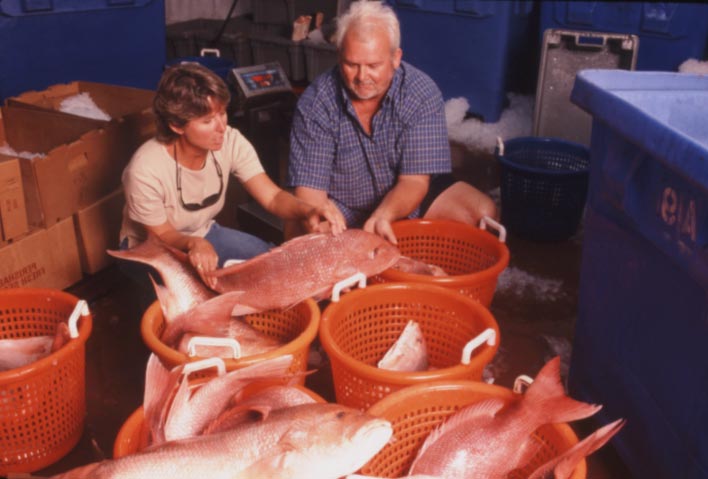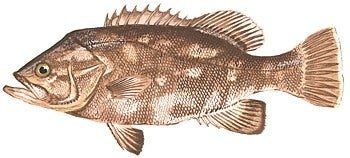A small fleet of fishermen is expected to stage a protest today off the coast of Martha’s Vineyard directed at President Obama over a recent change in regulations for commercial groundfish fishermen. The following statement is from Sally McGee, the New England Policy Director for EDF and a member of the New England Fishery Management Council, which recently voted 16-0 in favor of the new management approach for the groundfish fishery (Motion 21a from NEFMC meeting held in Portland, ME, June 25, 2009).
“Today’s demonstration comes at a tough time for fishermen in New England. Many are anxious over a change in fishing policy that is coming after decades of declining fish stocks and complicated rules that have squeezed scores of fishermen out of business. Once we are through this transition process, however, the decline of the groundfish fishery will have been halted, rules will be simpler, and fishermen will be making money once again.
“The new rules – called “catch shares” or “sectors” – will give groundfish fishermen a dedicated share of the overall catch. Instead of being forced to fish under ever-increasingly restrictive rules, catch shares will give fishermen in New England flexibility to choose how they meet the scientifically-set catch limit. Catch shares have a history of success in Alaska and the Gulf of Mexico, as well as two groundfish sectors already on-the-water in New England. Under catch shares, fish stocks recover and fishermen once again become profitable.
“The change to catch shares is coming after a lengthy and thorough public process. In fact, the final decision was delayed a full year to allow more time for additional public input. The three-year process showed broad and growing support for catch shares in New England.
“The problems with the New England groundfish fishery are deep, severe and centuries in the making. Catch shares will not turn this situation around overnight. The alternatives are far worse however. Without catch shares the fish stocks and the health of the ocean will only decline further. Catch shares offers hope and a track record of success. ”












 The wreckfish ITQ in the South Atlantic region has been a great success, pleasing both fishermen and conservationists alike. The only criticism has been of an apparent “under harvest” while fishermen have fished for other species. I don’t think I have to explain how notable that is in this day of constant excesses! The South Atlantic Fishery Management Council (Council) is currently reviewing this fishery, including the overall quota, and possible management for a newly developing “deep drop” recreational fishery. I am impressed with the Council’s management to date of the wreckfish, and am looking forward to their future steps on catch shares.
The wreckfish ITQ in the South Atlantic region has been a great success, pleasing both fishermen and conservationists alike. The only criticism has been of an apparent “under harvest” while fishermen have fished for other species. I don’t think I have to explain how notable that is in this day of constant excesses! The South Atlantic Fishery Management Council (Council) is currently reviewing this fishery, including the overall quota, and possible management for a newly developing “deep drop” recreational fishery. I am impressed with the Council’s management to date of the wreckfish, and am looking forward to their future steps on catch shares. As the New England groundfish fishery moves to “sector” management (fishing cooperative-based catch shares), it’s good to get the perspective of someone with nearly a half-century of fishing experience.
As the New England groundfish fishery moves to “sector” management (fishing cooperative-based catch shares), it’s good to get the perspective of someone with nearly a half-century of fishing experience.  the water and at the docks.
the water and at the docks.